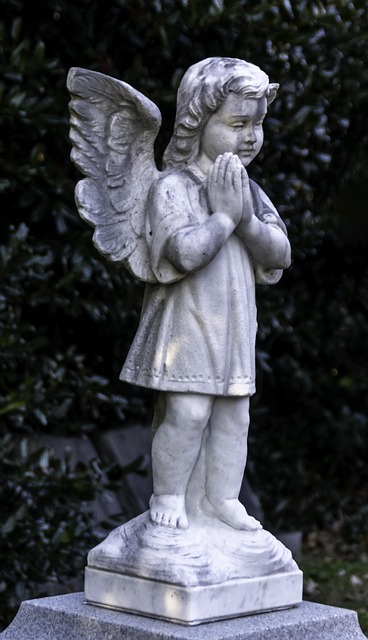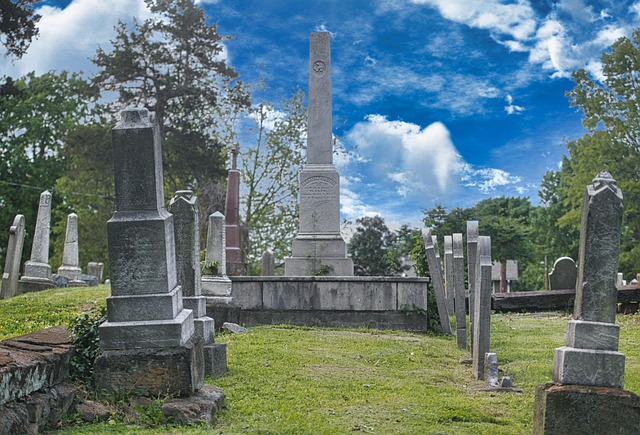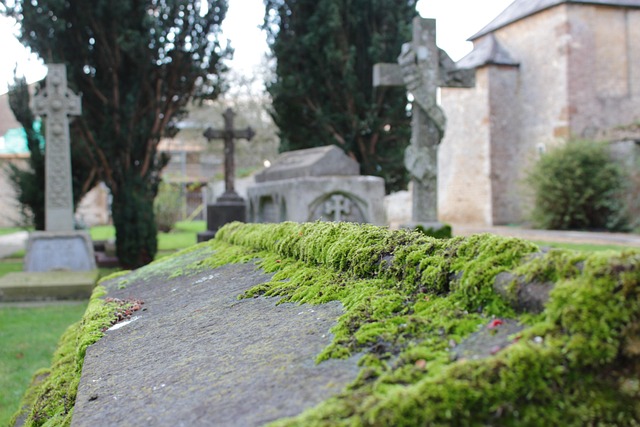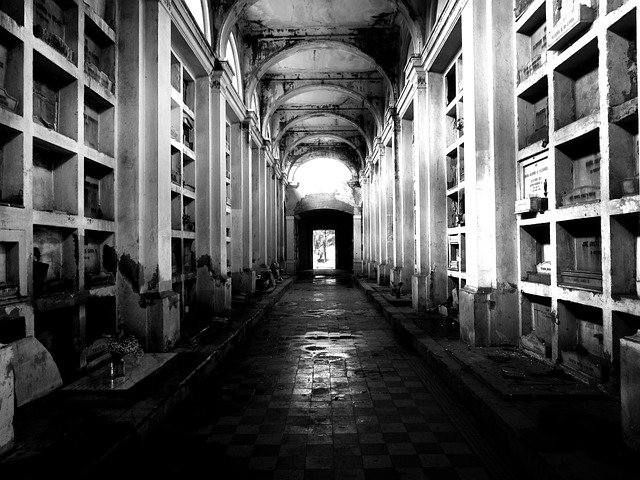The 1880s Victorian era captivates the modern real estate market with heightened demand for historical properties featuring intricate woodwork, stained glass windows, and grand entrances. Real estate professionals are restoring these spaces while integrating contemporary design, creating a blend of nostalgia and modern appeal. This trend highlights the appreciation for properties that offer both historical significance and current desirability, making Victorian-era real estate a lucrative and distinctive investment opportunity. Consumers increasingly seek out spaces evoking specific historical periods, driving demand for period-specific retail and entertainment venues, and developers are investing in preserving bygone era environments to attract loyal customers and foster community.
In a world where nostalgia holds a strong allure, the architectural style of the 1880s captures imaginations. This era, characterized by ornate details and distinctive charm, continues to inspire real estate trends. Saloons and shops from this period offer more than historical intrigue; they evoke a sense of community and craftsmanship. This article explores the resurgence of 1880s aesthetics in modern real estate, delving into its appeal, design elements, and market dynamics that keep the past alive in today’s bustling world.
The Historical Appeal of 1880s Salons and Shops in Real Estate
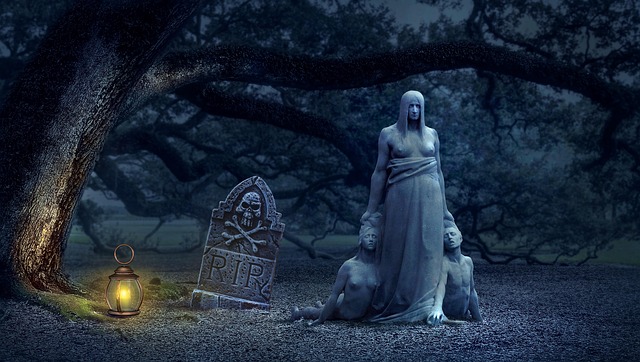
The allure of the 1880s era has long captivated both history enthusiasts and real estate professionals alike. In recent times, there’s been a noticeable trend in the real estate market where properties with historical charm, particularly those reminiscent of the Victorian-era, are gaining immense popularity. This period, characterized by ornate architecture, opulent interiors, and distinctive design elements, offers a unique opportunity for developers and investors to tap into a growing market demand.
Saloons and shops from this era, with their intricate wood carvings, stained glass windows, and grand entrances, hold an undeniable historical appeal. Real estate agents and renovators are recognizing the potential of restoring these spaces, preserving their original grandeur while adapting them to modern uses. Whether it’s converting a Victorian-era salon into a stylish boutique hotel or transforming a historic shop into a trendy restaurant, these properties offer a distinctive blend of nostalgia and contemporary design, making them highly desirable for both residents and visitors.
Architectural Features and Design Elements to Recreate the Era's Esthetic

To recapture the aesthetic of the 1880s, both in real estate and interior design, one must delve into the era’s distinct architectural features and decorative elements. The Victorian style, prevalent during this time, is characterized by intricate woodwork, ornate moldings, and a rich color palette inspired by nature. Recreate these elements in modern spaces to transport visitors back to that era. For instance, high-ceilings adorned with elaborate cornices and moldings can evoke the grandeur of Victorian saloons.
In terms of shops, exposed brick walls, reminiscent of industrial lofts, could be paired with vintage fixtures and hardware to echo the hustle and bustle of 1880s marketplaces. Recessed lighting strategically placed can mimic the soft glow of gas lamps while preserving a contemporary feel. The use of natural materials like wood and metal, along with floral motifs in textiles, will further enhance the authentic 1880s ambiance.
Market Trends and Customer Preferences for Period-Specific Retail Spaces Today

In today’s real estate market, there’s a notable trend among businesses aiming to capture the nostalgia of past eras. Consumers are increasingly drawn to spaces that evoke specific historical periods, leading to a surge in demand for period-specific retail and entertainment venues. This phenomenon is particularly evident with saloons and shops designed to resemble establishments from the 1880s. Such spaces offer more than just aesthetic appeal; they tap into a desire for unique, immersive experiences. Customers seek out these retro-themed locations not only for their visual charm but also for the sense of storytelling and connection to history they provide.
This trend is reflected in real estate investments as developers recognize the market potential of creating and preserving period-specific environments. Businesses that successfully capture the essence of bygone eras can attract a loyal customer base eager to step back in time. From Victorian-style tea rooms to Art Deco-inspired boutiques, these themed spaces offer a refreshing alternative to modern retailing, fostering a sense of community and providing a break from the ordinary shopping experience.
